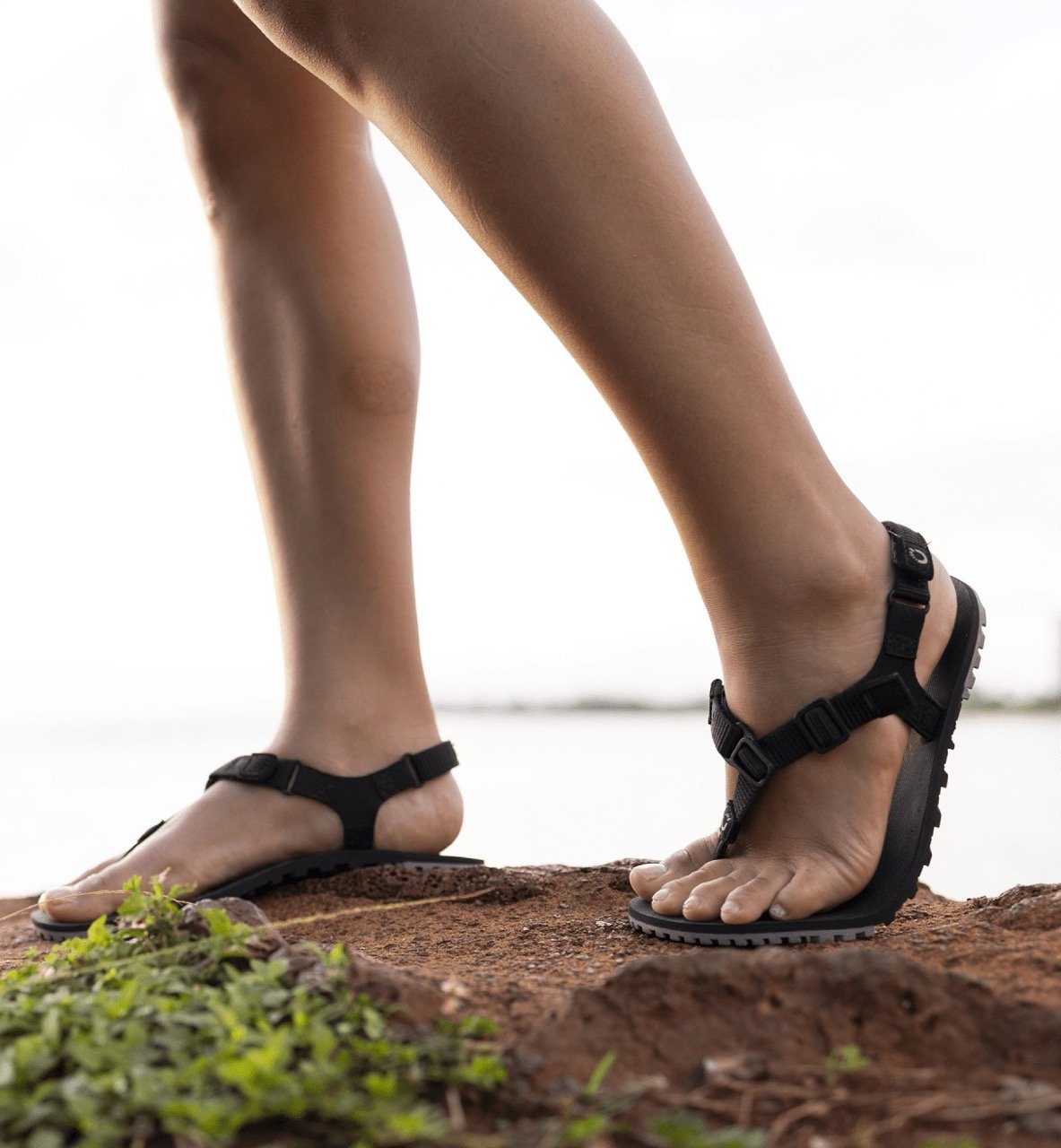In recent years, barefoot footwear has gained substantial popularity among running enthusiasts, hikers, and casual walkers alike. This trend can be attributed to a growing understanding of the benefits these minimalist shoes offer, which include improved foot health, increased sensory feedback, and a more natural walking or running experience. However, selecting the right pair tailored to your specific needs can be challenging. This article guides you through the essential criteria to consider when making your choice.
Key Takeaways
- Understand the purpose of your footwear needs.
- Consider the fit, comfort, and style of shoes.
- Look for materials that support breathability and flexibility.
- Assess your foot shape and arch type to find suitable options.
Understanding Your Foot Type
Before searching for the right pair, take time to evaluate your foot shape and arch type. Feet vary widely among individuals, and understanding whether you have flat, neutral, or high arches can significantly influence your comfort and performance.
For instance, those with flat arches might benefit from footwear that offers slightly more cushioning, while individuals with high arches may require additional support. It’s often useful to visit a store specializing in minimalist footwear, where knowledgeable staff can help assess your foot type and recommend appropriate styles. Many passionate consumers often seek out the best options for minimalist footwear that cater to their unique requirements.
Identifying Your Activity Level
Your choice in barefoot footwear depends largely on how you plan to use them. Different activities may warrant specific features. Here are some examples to consider:
- Running: Choose lightweight options with a flexible sole to allow natural foot movement.
- Hiking: Opt for models with added grip and sturdier construction to handle various terrains.
- Casual Use: Select comfortable, stylish designs that can be worn throughout the day.
By considering how you will be wearing the shoes, you can make a more informed decision about the features you require.
Checking the Fit and Comfort
The fit of the shoes cannot be overstated. A proper fit allows for natural foot movement and prevents discomfort or injury. Here are tips for ensuring the right fit:
- Wear the type of socks you intend to use with your barefoot shoes when trying them on.
- Walk or jog in the fitting area to assess comfort.
- Ensure there is adequate space in the toe box, allowing your toes to splay naturally.
Remember that different brands may have varied sizing, so it may require trying several pairs to find the right one.
Evaluating Materials
The materials used in the construction of minimalist footwear significantly impact comfort, durability, and overall performance. Here’s a breakdown of various materials:
- Upper Materials: Look for breathable mesh or synthetic materials that allow moisture to escape, keeping your feet dry and comfortable.
- Sole Materials: A flexible sole is crucial for barefoot shoes. Natural rubber offers excellent traction and durability.
- Footbed: The footbed should provide a supportive yet flexible surface for natural foot movement.
High-quality materials often result in a product that delivers durability and performance, contributing to greater satisfaction over time.
Choosing the Right Design and Style
People have different preferences when it comes to style, and barefoot footwear is no exception. Many brands offer a range of designs, colors, and styles suitable for various tastes. It’s critical to select a style that resonates with you since you’re more likely to wear them often if you like how they look. Remember that aesthetic appeal should not compromise the functional aspects of the shoe.
Consider Additional Features
While the essential qualities of a good minimalist shoe have been discussed, there are additional features to think about:
- Zero Drop Design: This refers to shoes that have the same height at the heel as at the forefoot, promoting a natural foot movement.
- Lightweight: The lighter the shoe, the more comfortable it will be for extended periods.
- Water Resistance: If relevant to your activities, some shoes offer materials that repel water, keeping your feet dry in different conditions.
Incorporating these features based on your personal lifestyle and choices can enhance the overall utility of the footwear.
Where to Look for Your Perfect Fit
With many options available on the market, it’s vital to explore different brands and styles. One popular choice in the minimalist shoe community is Xero Shoes, known for their wide range of offerings designed for various activities. Their collection might be the key to finding that ideal pair that fits your foot type and lifestyle needs. Discover your optimal footwear by exploring alternatives to traditional designs, bringing you one step closer to making a well-informed decision.
Conclusion
Choosing the right minimalist footwear involves careful consideration of several factors, including foot type, activity level, fit, comfort, materials, style, and additional features. By assessing each of these areas, you can find a pair that not only enhances your performance but also keeps your feet healthy and comfortable. Remember to do thorough research to identify what suits you best and consider reputable brands. If you have not yet explored options, you might want to look into alternatives like minimalist footwear options that align with your needs. Comfortable feet lead to an enjoyable experience, whether walking, running, or hiking.
FAQ
1. What are the benefits of wearing barefoot footwear?
Barefoot footwear promotes natural foot movement, strengthens foot muscles, and offers better sensory feedback from the ground, which can enhance balance and stability.
2. Can I transition to barefoot shoes if I’m used to traditional shoes?
Yes, but it’s important to transition gradually. Start with short periods of wear to allow your feet to adjust to the different mechanics without causing injury.
3. Are barefoot shoes suitable for flat feet?
There are options available designed specifically for individuals with flat feet, providing the necessary support without compromising the minimalist structure. Always consider your specific needs when selecting footwear.

